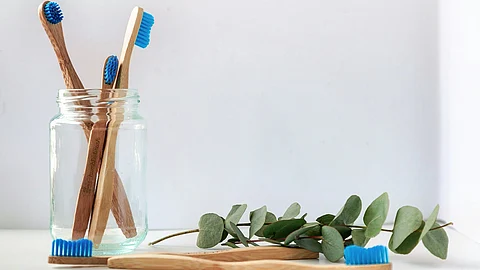The global push for sustainability has a way of sneaking into our daily routines, even the ones we barely think about, like brushing our teeth. Lately, bamboo toothbrushes and biodegradable floss have been popping up everywhere. They promise to help us “go green” and reduce plastic waste. But are these swaps as eco-friendly as they seem, or are we falling for clever marketing?
The Plastic Problem in Oral Care
Every year, we toss out about 3.5 billion plastic toothbrushes. Most end up in landfills or, worse, floating in our oceans, adding to the 8 million metric tons of plastic that pollute our seas annually (UNESCO). These toothbrushes don’t just disappear. They break down into microplastics, which sneak into marine life and, eventually, onto our dinner plates.
And then there’s dental floss. Most of the stuff you find at the drugstore is made from nylon, a stubborn plastic that sticks around for centuries. Some brands even coat their floss with chemicals like PFCs (perfluorinated chemicals), which have been linked to hormone disruption.


